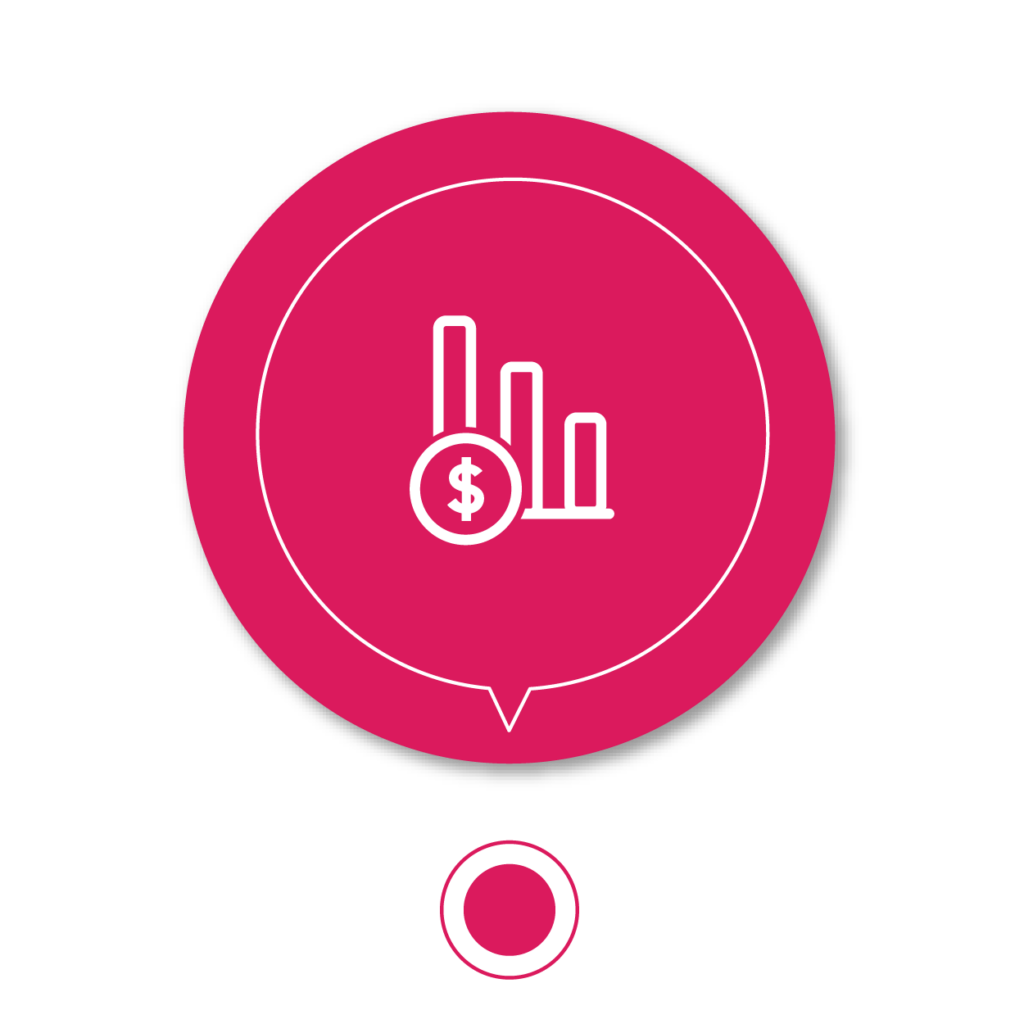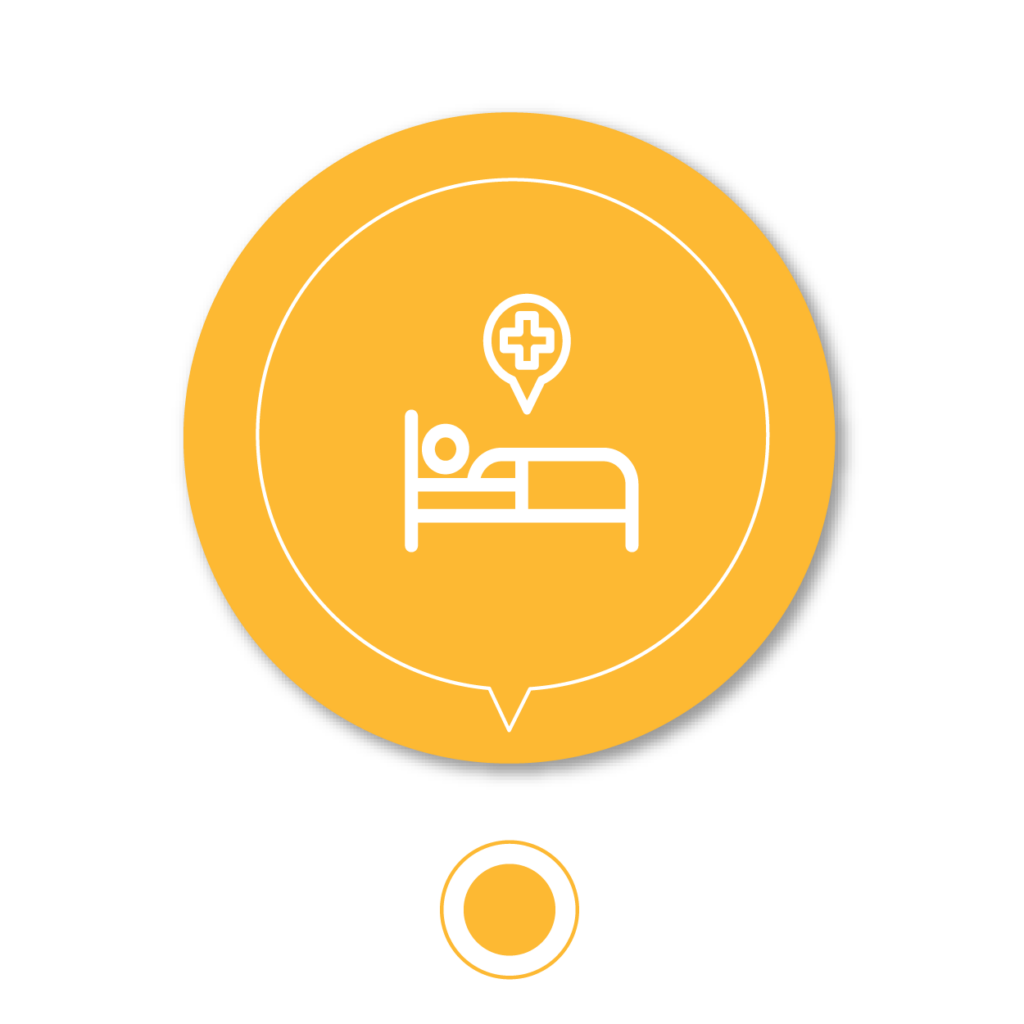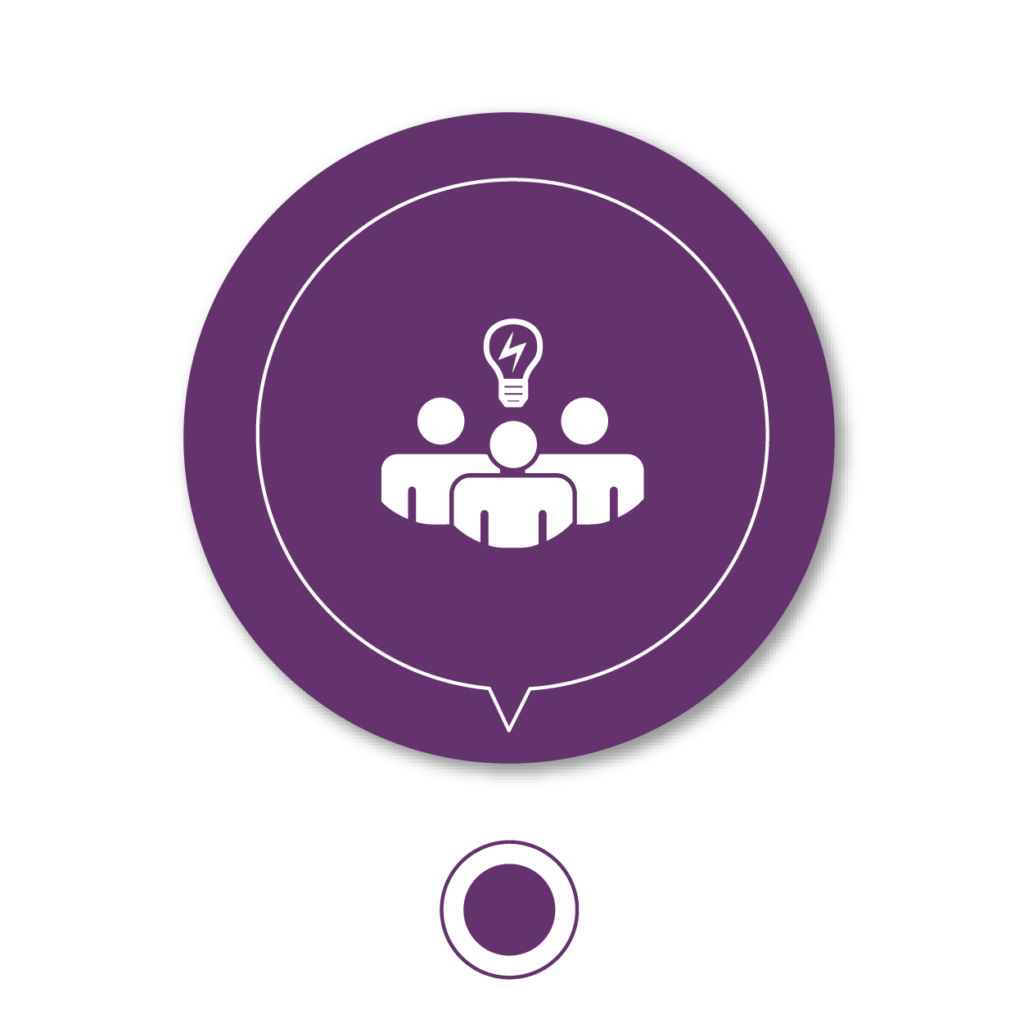Published: July 2023
To say The Ottawa Hospital is ahead of the game when it comes to data in healthcare is no exaggeration. In fact, for two decades we’ve been exploring the role of “big data”, while other institutions are only getting started. Today, our hospital is a world-leader in this field and has ambitious plans to deploy one of the most advanced data analytics platforms in Canada, if not the world.
It’s that drive to better serve our patients and our people that attracted Dr. Alan Forster to The Ottawa Hospital 20 years ago. “I left Harvard Medical School to become a part of a healthcare community that was completely committed to reorienting around patient safety and quality of care.”
Today, the Vice-President of Innovation and Quality and senior scientist at our hospital is quick to point out that while our hospital’s research community may have seemed smaller than Harvard’s or other centres around the world, he didn’t it see that way — and he still doesn’t. “We do punch above our weight in terms of impact,” explains Dr. Forster.

What is Big Data?
The term Big Data gained momentum in the early 2000s and refers to data that is large, complex, and rapidly generated. It is collected and mined by organizations for information, learning, and other analytics purposes including predictive modelling. The amount of data created by the healthcare industry through digitized records, medical technologies, and other sources means Big Data could change healthcare — if used effectively.
Why the desire for data to drive healthcare?
As a specialist in internal medicine, Dr. Forster was keenly aware of the patient journey, the role of the care team, and how that information flows. Or in some cases doesn’t. He was also aware of how little information was available to care teams regarding the patients they see. At the same time, there was no system in place to share information with the patient or the patient’s other care providers.

Even more astonishing to Dr. Forster, there was also no ability to collect and store this information, or to monitor results, compare data, and learn from it. “After we provided patients with some of the most advanced technologies known to humankind, we could not even communicate our treatments or evaluate the impacts of what we did.”
He would use what he learned at Harvard — known at the time as one of the few hospitals in the world with a fully functional electronic medical record system — to drive change when he returned to his hometown of Ottawa. He knew a data warehouse would allow The Ottawa Hospital to study and monitor patient care efficiently and effectively.
Where does healthcare data come from?
Healthcare data is generated from a huge range of sources, from medical records and staff schedules to wellness apps and wearable technology.
And so in 2004, with the full backing of the hospital’s leadership and funding from the Canada Foundation for Innovation, Dr. Forster began to build the infrastructure needed to house all this data. Five years later, The Ottawa Hospital’s Enterprise data warehouse was born.
For the first time, everything from basic patient information, surveys, and clinical notes to data from labs, pharmacies, and radiology, as well as financial and human resources data were housed in one place. These electronic medical records, from as far back as 1996, pulled information together from across the hospital in a standardized format. Housing it in a “warehouse” also allowed for studying and monitoring of patient care in a way that simply wasn’t possible before. In fact, healthcare providers could track a patient through all their interactions with the hospital, whether they visit a lab, the Emergency Department, or a clinic appointment.
But that was only the beginning.
Comparing apples to apples
Next up was aligning the whole hospital to use data to drive us forward. Deanna Rothwell, the Director of Analytics, leads the charge for the self-serve and data request services. “We build dashboards to find key performance indicators for leaders, so they have a single view of the truth and the facts of the hospital.”
“The demand for data is growing exponentially because of the awareness about how data can drive better decisions.
– Deanna Rothwell
This gives true data comparisons to analyze the data equally — an apples-to-apples comparison. Ms. Rothwell explains how when she first began her role in 2008, each person would come to meetings with different versions of a metric, like hospital admissions as an example. “People would have different definitions and retrieve data from different places. There was no standardization and there was also no standardized way of slicing and dicing the organization. So, we put a lot of effort into how we define things and a platform where everyone could get the same results,” she explains.
The process began to align the physician and administrative teams with the same scorecard and messaging. Ms. Rothwell’s team played a key role in ensuring easy access to information when it was needed. Dashboards were created to not only allow various teams or departments and research groups to see current results and trends over time, but also to drill down to different areas of the organization that are relevant to specific service lines or departments.
However, as the desire for data continues to grow a new challenge has emerged —accessing numbers quickly. “The demand for data is growing exponentially because of the awareness about how data can drive better decisions. Today, there’s more data out there, especially with EPIC, and that demand continues to increase. We wanted to provide a platform where people could safely and securely explore data on their terms,” explains Ms. Rothwell.
Big Data could:

Reduce healthcare organizations’ costs by 25%

Result in earlier diagnosis and improved outcomes

Help prevent disease

Accelerate research and discovery

Improve quality of care

Reduce medical error and adverse outcomes
What is the MDClone effect?
This is where MDClone comes in and it’s a game changer for our hospital. “MDClone offers a platform where people can self-serve and ask any data question they want at any time. So, they no longer must go through a queue of the analytics team,” explains Ms. Rothwell. “It’s data at their fingertips.”
“It uses synthetic data which means it is made up data about made up people rather than the patient’s personal details. That’s why it’s so exciting — you don’t have to worry about privacy.”
– Dr. Alan Forster
Our introduction to MDClone came through our partnership with the Sheba Medical Centre ARC (Accelerate, Redesign, and Collaborate) Network based in Israel. Developed in 2018, our partnership has grown and the Network itself has also grown globally.

The MDClone platform is a powerful, self-service data analytics environment enabling healthcare collaboration, research, and innovation. Our hospital recently implemented the software to gain easier access to data for all physicians, researchers, and staff. As early adopters of the technology, we’ve been able to fulfil a niche of self-serve data.
MDClone removes the largest roadblock faced by anyone wanting to access data at our hospital — privacy. As Dr. Forster explains, the company provides an innovative approach to solving those problems. “It uses synthetic data which means it is made up data about made up people rather than the patient’s personal details. That’s why it’s so exciting — you don’t have to worry about privacy.”
What are the benefits of synthetic data?
The synthetic data behaves and has the same characteristics as the real data, without being the real data. Once you’ve decided if you’re on the right track with the synthetic data then you can apply to access real data with appropriate approvals to drive your results. An example could be a hospital employee who’s trying to determine how to reduce anemia for patients who go through surgery. They could use lab data to determine:
- The number of patients who are going into the operating room.
- What their rates of anemia are?
- What their long-term outcomes are, or even short-term?
- How long are they in the hospital?
- Do they have complications when they’re in the hospital?
The data can show trends that can influence or inform future care and determine the cause of problems needing to be solved. Ms. Rothwell explains, “If I can reduce anemia by x percent, I know that I would reduce the hospital’s re-admission rate by 10 percent, just as an example. I can also estimate the impact of that on the hospital overall. I can then use data to monitor my progress on that issue and evaluate the outcomes. You need data at all points of the quality improvement process.”
What is Synthetic Data?
Synthetic data is artificially created data that stands in for real data while reflecting the actual statistical information from the original data. Synthetic data prevents users from identifying any individuals from the data, making it the most private solution to healthcare data analytics.
Leading the pack with healthcare data analytics

“As a healthcare organization we are ahead of the game, and we’ve been ahead of the game for many years. The ability to get your hands on synthetic data is phenomenal. It’s a great story for The Ottawa Hospital.”
– Deanna Rothwell
This all began as a pilot project in 2020 when the hospital’s data warehouse information was uploaded into MDClone and a trial run began. Then a training program was established with 250 individuals trained to date and more waiting due to high demand.
Did you know?
1600 BCE
The first known medical record is an Egyptian papyrus text from 1600 BCE
1663
The first use of statistical analysis was a study on bubonic plague mortality in 1663.
1969
The first electronic health record was created in 1969.
Data is also driving research at our hospital. When a study is being conducted, a scientist must wait for approval from the Research Ethics Board (REB) to get access to data. But with the MDClone’s synthetic data, they can do some early legwork. “You can do all of your exploratory work and analysis, understand the feasibility of the study, understand what the data is going to look like, and in parallel submit your REB application. People can go onto the platform, explore it themselves, and figure out exactly what data is going to be meaningful to them. So, when their REB approval comes in, they may have already completed the study design and analysis with synthetic data, so that speeds it up enormously,” says Ms. Rothwell.
Ultimately, it’s about accessing data faster to make better decisions, inform care, and find answers to provide better results for our patients. “As a healthcare organization we are ahead of the game, and we’ve been ahead of the game for many years. The ability to get your hands on synthetic data is phenomenal. It’s a great story for The Ottawa Hospital,” says Ms. Rothwell.
It all comes from data because data helps us know what’s working, helps us identify where the gaps are, and helps us develop solutions to improve — all of that rests on the data.”
— Dr. Alan Forster
Listen Now: How data drives better care for patients
Data and technology make for a bright future in healthcare

New Campus Development
At the New Campus Development on Carling Avenue, data that will inform better patient outcomes and a better patient experience. The new Centre for Innovation and Virtual Care is an excellent example of that — equipping patients with take-home technology, empowering them to manage their health using the latest artificial intelligence. Care teams will be able to remotely monitor a patient’s health journey and provide care when it’s needed.
“We will have better ways to support care providers to help patients rehabilitate. It all comes from data because data helps us know what’s working, helps us identify where the gaps are, and helps us develop solutions to improve — all of that rests on the data,” explains Dr. Forster.

City Connections
Being in Ottawa, at the heart of Canada’s high-tech sector has allowed us to stay ahead of the curve when it comes to technology and innovation — whether it’s training programs through our colleges and universities, the launch of the TD AIM Hub, or our relationship with Invest Ottawa — the economic agency for the City of Ottawa. Our connections to the business community have led to very tangible benefits.
In the future, we will provide living laboratory space to ideate, develop, test, and scale digital innovations and incubator space for revenue-generating partnerships with leading companies and thinkers addressing healthcare’s biggest challenges — all while training the next generation of healthcare innovators.




